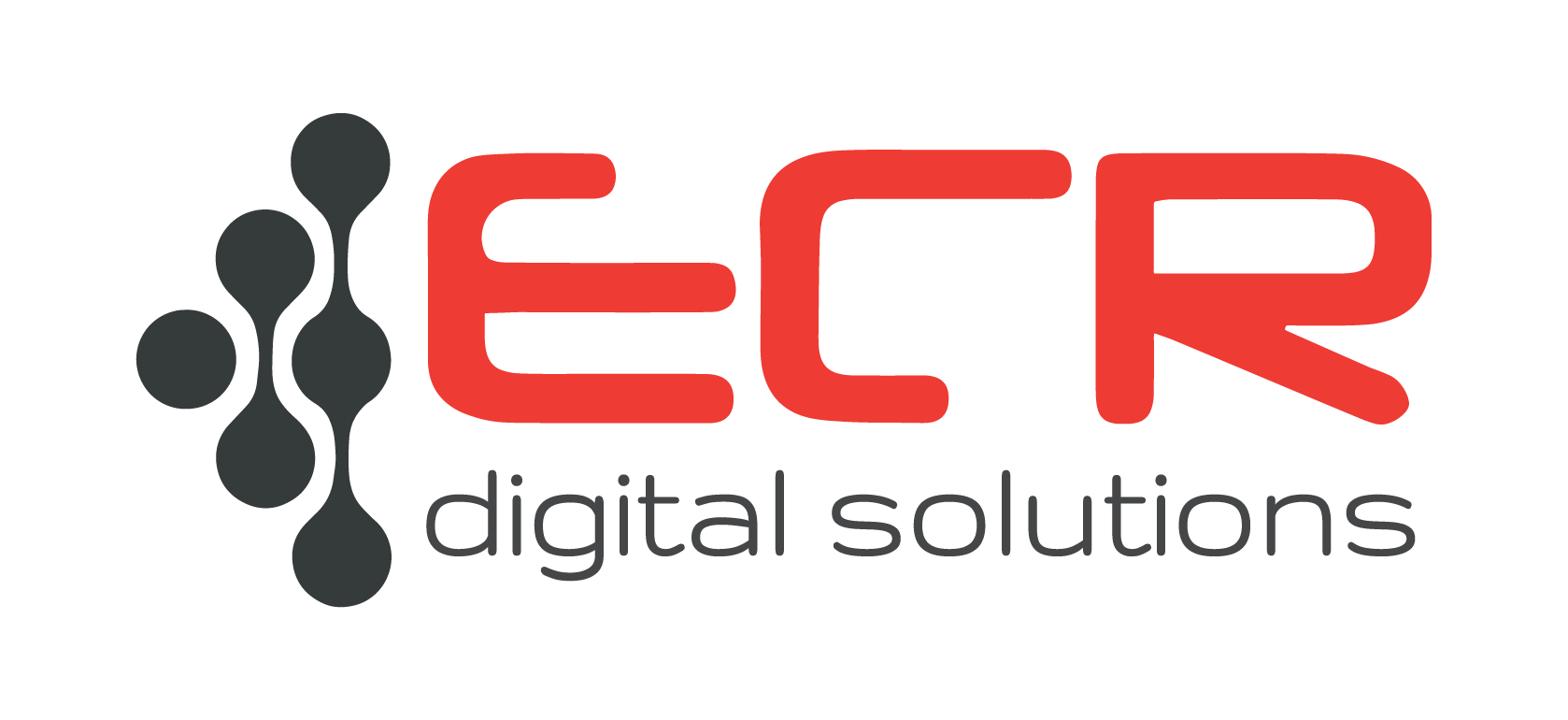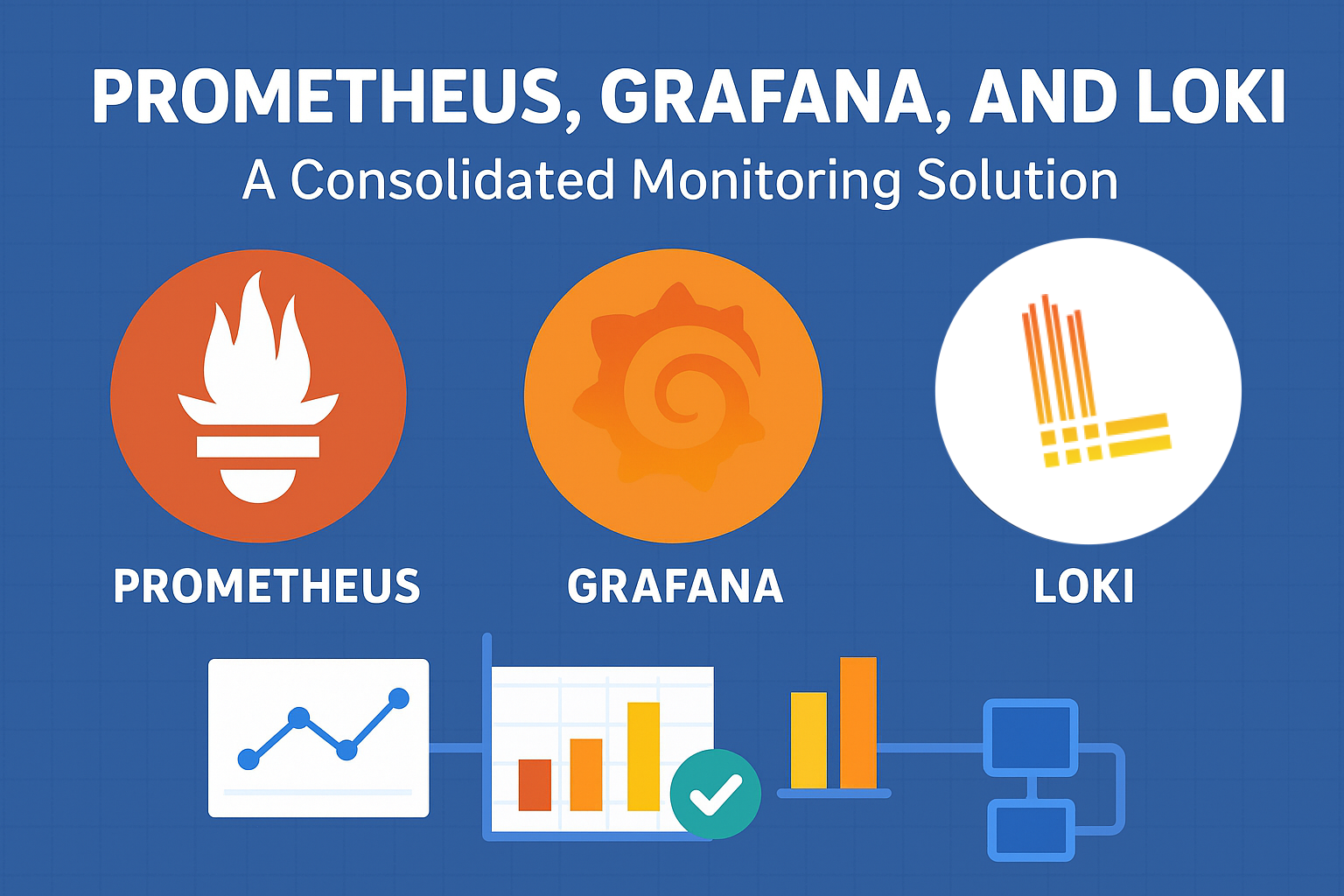Revolutionizing Notary Services with Blockchain Technology
Thu 23/10/2025 read 345 views
Generative AI Integration in Applications: The Next Frontier of Software Innovation
In the past year, Generative AI has transformed from a buzzword into a core enabler of modern applications. From intelligent document processing to real-time customer support and content generation, integrating Generative AI into software products is rapidly becoming the new competitive edge.
But what does it actually mean to integrate Generative AI into applications? How is it shaping user experiences and software design? And what should developers and businesses consider as they adopt this powerful technology?
Let’s explore.

What is Generative AI Integration?
Generative AI integration refers to embedding AI models capable of creating new content—such as text, images, code, audio, or even entire workflows—directly into applications that users interact with.
Instead of AI being a separate tool or backend service, it becomes a native feature within everyday apps. Examples include:
- Smart writing assistants in email and CRM platforms.
- AI-powered image generators in design tools.
- Real-time conversational AI in customer service apps.
- AI copilots embedded in code editors and project management software.
Why It’s Game-Changing
- Enhanced User Productivity
Generative AI drastically reduces the time needed to write emails, create designs, draft documents, or develop code. Apps that integrate these features empower users to achieve more with less effort. - New User Experiences
Generative AI introduces interactive, personalized, and dynamic workflows that traditional rule-based systems could not achieve.
Example: An AI that adapts document templates on-the-fly based on a user’s tone and objective. - Competitive Differentiation
Early adopters who integrate AI natively into their platforms gain a substantial edge in user engagement and retention.
Popular Areas of Integration
- Text Generation: Automated email replies, content summaries, chatbot conversations.
- Image Generation: Social media creatives, ad banners, marketing visuals.
- Code Generation: Intelligent suggestions, automated testing, API integration scripts.
- Audio & Video Creation: AI-generated voiceovers, video scripts, personalized media.
- Personalization Engines: Dynamic content creation based on user profiles and real-time behavior.
Key Technologies Powering Integration
- OpenAI GPT APIs(text and image generation)
- Google Gemini, Anthropic Claude, Mistral, and Llama 3 APIs
- Microsoft Azure AI services
- On-device AI (Apple, Google, Qualcomm advancements)
- LangChain & Retrieval-Augmented Generation (RAG) frameworks for context-aware apps
Challenges to Consider
- Latency and Performance
Real-time AI interactions need to be fast and seamless. Optimizing API calls and considering edge AI deployment are critical. - Cost Management
Generative AI models can be expensive to run at scale. Developers need to design efficient usage patterns and fallback strategies. - Ethical and Security Risks
Ensuring generated content is safe, unbiased, and privacy-compliant is essential, especially when the AI interacts directly with end users. - User Trust
Users must understand when they are interacting with AI and retain control over generated outputs.
Real-World Examples
- Notion AI: Embedded AI assistant that drafts notes, rewrites content, and summarizes documents.
- Canva’s AI Tools: Integrated image generation and text-to-image features for designers.
- GitHub Copilot: Real-time coding assistant inside VSCode and other IDEs.
- Salesforce Einstein GPT: AI-generated customer emails and service replies within the Salesforce platform.
Looking Ahead
Generative AI integration is no longer optional—it’s quickly becoming a standard feature in modern applications. As more AI models run locally on devices and frameworks become more developer-friendly, we can expect even deeper and more personalized integrations in the near future.
For developers, this is an exciting time to rethink user experiences and explore how AI can unlock new value. For businesses, now is the moment to invest in AI capabilities that are not just add-ons, but core to their product strategy.
Related articles








